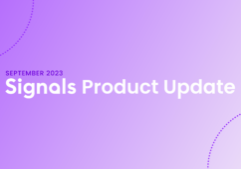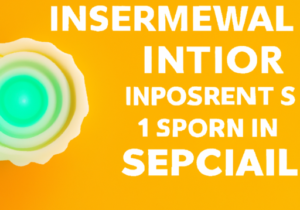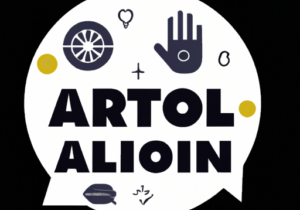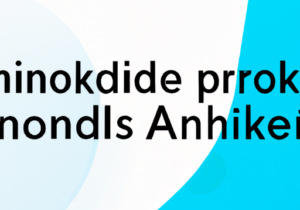We talk A LOT about quick response time. (Check out this article for even more good information!) But don’t get bored just yet- because this time we have tons of data to show you. In one of our recent podcasts with James Oldroyd and Billy Bateman, they discuss how a faster bot response time is not just linear but exponentially better for leads. How could that be? Could one minute really make that big of a difference?
The Idea Behind It All
Let’s start with an example. Think of the customer service at Nordstrom (Dr. Oldroyd’s example here). You walk in the store and immediately there’s an employee at your side asking what you’re looking for and how they can help you. This kind of customer service makes you want to go back. You know that when you walk inside, you will have to spend less energy looking for what you need because someone is going to do it for you.
This is how bots should add to your business. Let your bot be a personal shopper and sales employee for every one of your customers. But there’s a catch. Your bot HAS to respond fast. If people get bored waiting, they’ll move on and try to do things themselves. This creates frustration and impatience. Therefore, your bot is best used when it can catch the buyer before they even have to do anything, just like at Nordstrom.
Our Data on Response Time
Sometimes it’s easy to justify poor practices when we can’t see real figures behind the statements. Does the “best practice 2-minute response time” really differ that much from a 10-minute engagement play?
For one month we collected data from one of our clients. We looked at response time in categories of under 1 minute, 2 minutes, and over 2 minutes. We then measured the percentage of people that booked meetings at each response time, as well as the percentage of those people that provided their email. (The meetings included all forms of booking. ie: calendar drops, unique bookings, chat meetings etc.) We could try to convince you of the power of response time but only the facts can truly speak for themselves.
> 2-MINUTE RESPONSE TIME
Here is our control set, the typical over 2 minute response time. Businesses that aren’t using quick engagement plays can easily fall into this category. 12% of people conversing with the bot will actually book meetings if the response time is over 2 minutes. 27% of those people are willing to provide their emails.
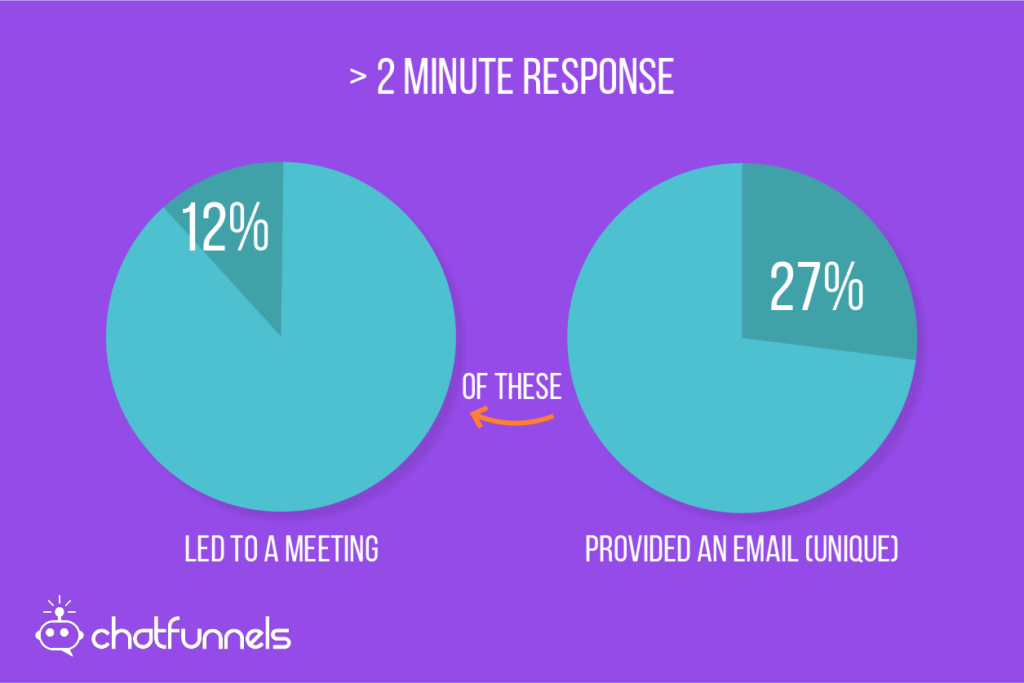
2-MINUTE RESPONSE TIME
Now, here is the data behind a 2-minute response time. This is often seen as best practice- and in the case of our client, even caused a 21% jump in meetings booked putting them at a 33% booking rate. Now, 90 PERCENT of these people also provided an email.

<1-MINUTE RESPONSE TIME
Going above and beyond best practice and shooting for under 1 minute can make even more of a difference. Our client ended with 39% of meetings booked and 94% of emails captured by responding in 60 seconds or less.
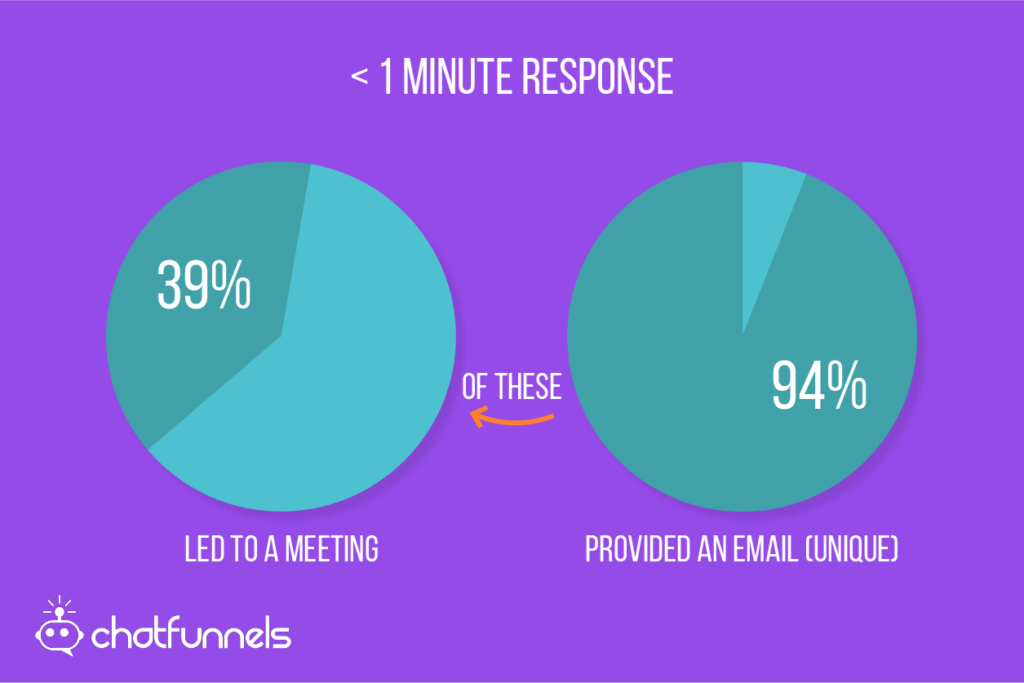
The Takeaway
Cool, huh? And although this data reflects only one business, these types of results are common among other businesses as well!
The formula goes like this: Potential Buyer + Quick Response Time = Sales.
It’s obvious that the more buyers you have, the more sales you should have. But what we’re also finding is the faster response time you have, the more people are willing to engage with you (providing an email) AND the more sales you’ll have. In other words, not only are people more willing to give personal information out when engaged quickly, but they are also more likely to follow through.
Choose Your Fighter
Impatience is powerful. Powerful enough that you want it on your side in a fight with your competitor. Creating ease for customers in communication and allowing them to spend their patience on other aspects of their lives gives you automatic brownie points in anyone’s book. Use these tips to increase leads by giving your response time a boost!
“Responding rapidly to customers is the most important principle you could bring into the sales process.” -Dr. James Oldroyd (Check out the podcast with Dr. James Oldroyd and Billy Bateman to see what Dr. Oldroyd thinks bots have in store. Did someone say they could turn the tables?)
READ MORE
Start seeing your Buyers' signals
Signals is helping companies automate, grow, and close sales pipeline with industry-leading predictive intent scoring, lead generation, and real-time engagement.









